Solar Drying – Sustainable Biosolids Management
Usually dispatched in 2 to 3 days
Usually dispatched in 2 to 3 days
Category:
Irrigation & Agriculture
Volume Reduction • Generate a Stable End Product • Disposal options breaking away • Reduction of Landfill space • Create a better product for Land Application • Better handling • Higher grade for fertilizer use (Class A / B) • Beneficial Reuse • Use as Fertilizer • High nutrient value • Use as Biofuel • 11 – 15 kJ/kg (Equivalent to brown coal).
Only logged in customers who have purchased this product may leave a review.
Related products
Chemigation Backflow Prevention
Introduction
The purpose of this guide is to familiarize those injecting pesticides into irrigation systems with the federal government's equipment requirements on the pesticide label.
The guide will cover the legal requirements as well as discuss practical ways to meet the requirements.
Chemigation Backflow Prevention
Introduction
The purpose of this guide is to familiarize those injecting pesticides into irrigation systems with the federal government's equipment requirements on the pesticide label.
The guide will cover the legal requirements as well as discuss practical ways to meet the requirements.
Agroecological Approaches for Soil Health and Water Management
In the last century, innovations in agricultural technologies centered on maximizing food production to feed the growing population have contributed to significant changes in agroecosystem processes, including carbon, nutrients, and water cycling. There are growing concerns regarding soil fertility depletion, soil carbon loss, greenhouse gas emissions, irrigational water scarcity, and water pollution, affecting soil health, agricultural productivity, systems sustainability, and environmental quality. Soils provide the foundation for food production, soil water and nutrient cycling, and soil biological activities. Therefore, an improved understanding of biochemical pathways of soil organic matter and nutrient cycling, microbial community involved in regulating soil health, and soil processes associated with water flow and retention in soil profile helps design better agricultural systems and ultimately support plant growth and productivity. This book, Agroecological Approaches in Soil and Water Management, presents a collection of original research and review papers studying physical, chemical, and biological processes in soils and discusses multiple ecosystem services, including carbon sequestration, nutrients and water cycling, greenhouse gas emissions, and agro-environmental sustainability.
Agroecological Approaches for Soil Health and Water Management
In the last century, innovations in agricultural technologies centered on maximizing food production to feed the growing population have contributed to significant changes in agroecosystem processes, including carbon, nutrients, and water cycling. There are growing concerns regarding soil fertility depletion, soil carbon loss, greenhouse gas emissions, irrigational water scarcity, and water pollution, affecting soil health, agricultural productivity, systems sustainability, and environmental quality. Soils provide the foundation for food production, soil water and nutrient cycling, and soil biological activities. Therefore, an improved understanding of biochemical pathways of soil organic matter and nutrient cycling, microbial community involved in regulating soil health, and soil processes associated with water flow and retention in soil profile helps design better agricultural systems and ultimately support plant growth and productivity. This book, Agroecological Approaches in Soil and Water Management, presents a collection of original research and review papers studying physical, chemical, and biological processes in soils and discusses multiple ecosystem services, including carbon sequestration, nutrients and water cycling, greenhouse gas emissions, and agro-environmental sustainability.
Sustainable Use of Soils and Water: The Role of Environmental Land Use Conflicts
This book on the sustainable use of soils and water addressed a variety of issues related to the utopian desire for environmental sustainability and the deviations from this scene observed in the real world. Competing interests for land are frequently a factor in land degradation, especially where the adopted land uses do not conform with the land capability (the natural use of soil). The concerns of researchers about these matters are presented in the articles comprising this Special Issue book. Various approaches were used to assess the (im)balance between economic profit and environmental conservation in various regions, in addition to potential routes to bring landscapes back to a sustainable status being disclosed.
Sustainable Use of Soils and Water: The Role of Environmental Land Use Conflicts
This book on the sustainable use of soils and water addressed a variety of issues related to the utopian desire for environmental sustainability and the deviations from this scene observed in the real world. Competing interests for land are frequently a factor in land degradation, especially where the adopted land uses do not conform with the land capability (the natural use of soil). The concerns of researchers about these matters are presented in the articles comprising this Special Issue book. Various approaches were used to assess the (im)balance between economic profit and environmental conservation in various regions, in addition to potential routes to bring landscapes back to a sustainable status being disclosed.
Soil Hydrology for a Sustainable Land Management
Soil hydrology determines the water–soil–plant interactions in the Earth’s system because porous medium acts as an interface within the atmosphere and lithosphere; regulates main processes such as runoff discharge, aquifer recharge, movement of water, and solutes into the soil; and ultimately the amount of water retained and available for plants growth. Soil hydrology can be strongly affected by land management. Therefore, investigations aimed at assessing the impact of land management changes on soil hydrology are necessary, especially to optimize water resources. This Special Issue collects 12 original contributions addressing the state-of-the-art advances in soil hydrology for sustainable land management.
These contributions cover a wide range of topics including (i) the effects of land use change, (ii) water use efficiency, (iii) erosion risk, (iv) solute transport, and (v) new methods and devices for improved characterization of soil physical and hydraulic properties. They include both field and laboratory experiments as well as modelling studies. Different spatial scales, i.e., from field to regional scales, and a wide range of geographic regions are also covered. The collection of these manuscripts presented in this Special Issue provides a relevant knowledge contribution for effective saving water resources and sustainable land management.
Soil Hydrology for a Sustainable Land Management
Soil hydrology determines the water–soil–plant interactions in the Earth’s system because porous medium acts as an interface within the atmosphere and lithosphere; regulates main processes such as runoff discharge, aquifer recharge, movement of water, and solutes into the soil; and ultimately the amount of water retained and available for plants growth. Soil hydrology can be strongly affected by land management. Therefore, investigations aimed at assessing the impact of land management changes on soil hydrology are necessary, especially to optimize water resources. This Special Issue collects 12 original contributions addressing the state-of-the-art advances in soil hydrology for sustainable land management.
These contributions cover a wide range of topics including (i) the effects of land use change, (ii) water use efficiency, (iii) erosion risk, (iv) solute transport, and (v) new methods and devices for improved characterization of soil physical and hydraulic properties. They include both field and laboratory experiments as well as modelling studies. Different spatial scales, i.e., from field to regional scales, and a wide range of geographic regions are also covered. The collection of these manuscripts presented in this Special Issue provides a relevant knowledge contribution for effective saving water resources and sustainable land management.
The Green Side of the Water Cycle: New Advances in the Study of Plant Water Dynamics
Precision irrigation is becoming a crucial management approach for environmentally and
economically sustainable fruit tree production. The vast majority of fruit crops need irrigation
supply as rainfall does not match crop water requirements (Stöckle et al., 2011; Snyder, 2017).
In most cases of fruit crops cultivated in dry areas, rainfed agriculture is not sustainable and
deficit irrigation (DI) is a reasonable strategy to improve water use efficiency. Fereres and
Soriano (2007) highlighted the benefits of regulated DI as a strategy to reduce agricultural
water use. The main purpose of regulated DI is to reduce irrigation at specific developmental
stages of the crop with no or limited effects on yield. The use of DI in different phenological
stages of fruit crops started in the 1980s by Chalmers et al. (1981, 1986).
The Green Side of the Water Cycle: New Advances in the Study of Plant Water Dynamics
Precision irrigation is becoming a crucial management approach for environmentally and
economically sustainable fruit tree production. The vast majority of fruit crops need irrigation
supply as rainfall does not match crop water requirements (Stöckle et al., 2011; Snyder, 2017).
In most cases of fruit crops cultivated in dry areas, rainfed agriculture is not sustainable and
deficit irrigation (DI) is a reasonable strategy to improve water use efficiency. Fereres and
Soriano (2007) highlighted the benefits of regulated DI as a strategy to reduce agricultural
water use. The main purpose of regulated DI is to reduce irrigation at specific developmental
stages of the crop with no or limited effects on yield. The use of DI in different phenological
stages of fruit crops started in the 1980s by Chalmers et al. (1981, 1986).
Water and Agriculture: Towards Sustainable Solutions
The main pressures from agriculture are linked to diffuse pollution from nutrients and chemicals, water abstraction and hydromorphological changes. Often several pressures act at the same time, potentially increasing the range of ecological impacts. According to information reported under the WFD, around one third of surface water bodies fail to achieve good status because of one or several of these pressures.
Water and Agriculture: Towards Sustainable Solutions
The main pressures from agriculture are linked to diffuse pollution from nutrients and chemicals, water abstraction and hydromorphological changes. Often several pressures act at the same time, potentially increasing the range of ecological impacts. According to information reported under the WFD, around one third of surface water bodies fail to achieve good status because of one or several of these pressures.
Optimizing Plant Water Use Efficiency for a Sustainable Environment
The rising shortage of water resources in crop-producing regions worldwide and the need for irrigation optimisation call for sustainable water savings. The allocation of irrigation water will be an ever-increasing source of pressure because of vast agricultural demands under changing climatic conditions. Consequently, irrigation has to be closely linked with water-use efficiency with the aim of boosting productivity and improving food quality, singularly in those regions where problems of water shortages or collection and delivery are widespread. The present Special Issue (SI) showcases 19 original contributions, addressing water-use efficiency in the context of sustainable irrigation management to meet water scarcity conditions. These papers cover a wide range of subjects including (i) interaction mineral nutrition and irrigation in horticultural crops, (ii) sustainable irrigation in woody fruit crops, (iii) medicinal plants, (iv) industrial crops, and (v) other topics devoted to remote sensing techniques and crop water requirements, genotypes for drought tolerance, and agricultural management.
Optimizing Plant Water Use Efficiency for a Sustainable Environment
The rising shortage of water resources in crop-producing regions worldwide and the need for irrigation optimisation call for sustainable water savings. The allocation of irrigation water will be an ever-increasing source of pressure because of vast agricultural demands under changing climatic conditions. Consequently, irrigation has to be closely linked with water-use efficiency with the aim of boosting productivity and improving food quality, singularly in those regions where problems of water shortages or collection and delivery are widespread. The present Special Issue (SI) showcases 19 original contributions, addressing water-use efficiency in the context of sustainable irrigation management to meet water scarcity conditions. These papers cover a wide range of subjects including (i) interaction mineral nutrition and irrigation in horticultural crops, (ii) sustainable irrigation in woody fruit crops, (iii) medicinal plants, (iv) industrial crops, and (v) other topics devoted to remote sensing techniques and crop water requirements, genotypes for drought tolerance, and agricultural management.
Modern Fruit Industry
The effectiveness on several fruits by the application of alternative methods against fungi is summarized in the present chapter. Several investigations have reported the efficacy of these technologies for controlling fungal infections. Currently, high post-harvest loses have been reported due to several factors such as inefficient management, lack of training for farmers, and problems with appropriate conditions for storage of fruits and vegetables. Even now, in many countries, post-harvest disease control is led by the application of chemical fungicides.
Modern Fruit Industry
The effectiveness on several fruits by the application of alternative methods against fungi is summarized in the present chapter. Several investigations have reported the efficacy of these technologies for controlling fungal infections. Currently, high post-harvest loses have been reported due to several factors such as inefficient management, lack of training for farmers, and problems with appropriate conditions for storage of fruits and vegetables. Even now, in many countries, post-harvest disease control is led by the application of chemical fungicides.
Watering Floodplain Wetlands in the Murray–Darling Basin to Benefit Native Fish A Discussion with Managers
This report describes the content and outcomes of a workshop entitled ‘Watering Floodplain Wetlands of the Murray–Darling Basin for Fish: A Discussion with Managers’ held on 5 March 2008 at Wonga Wetlands in Albury (NSW). The workshop was part of a four-year, National Water Commission funded project aimed at optimizing wetland environmental watering protocols to maximize benefits to native fish populations.
Watering Floodplain Wetlands in the Murray–Darling Basin to Benefit Native Fish A Discussion with Managers
This report describes the content and outcomes of a workshop entitled ‘Watering Floodplain Wetlands of the Murray–Darling Basin for Fish: A Discussion with Managers’ held on 5 March 2008 at Wonga Wetlands in Albury (NSW). The workshop was part of a four-year, National Water Commission funded project aimed at optimizing wetland environmental watering protocols to maximize benefits to native fish populations.


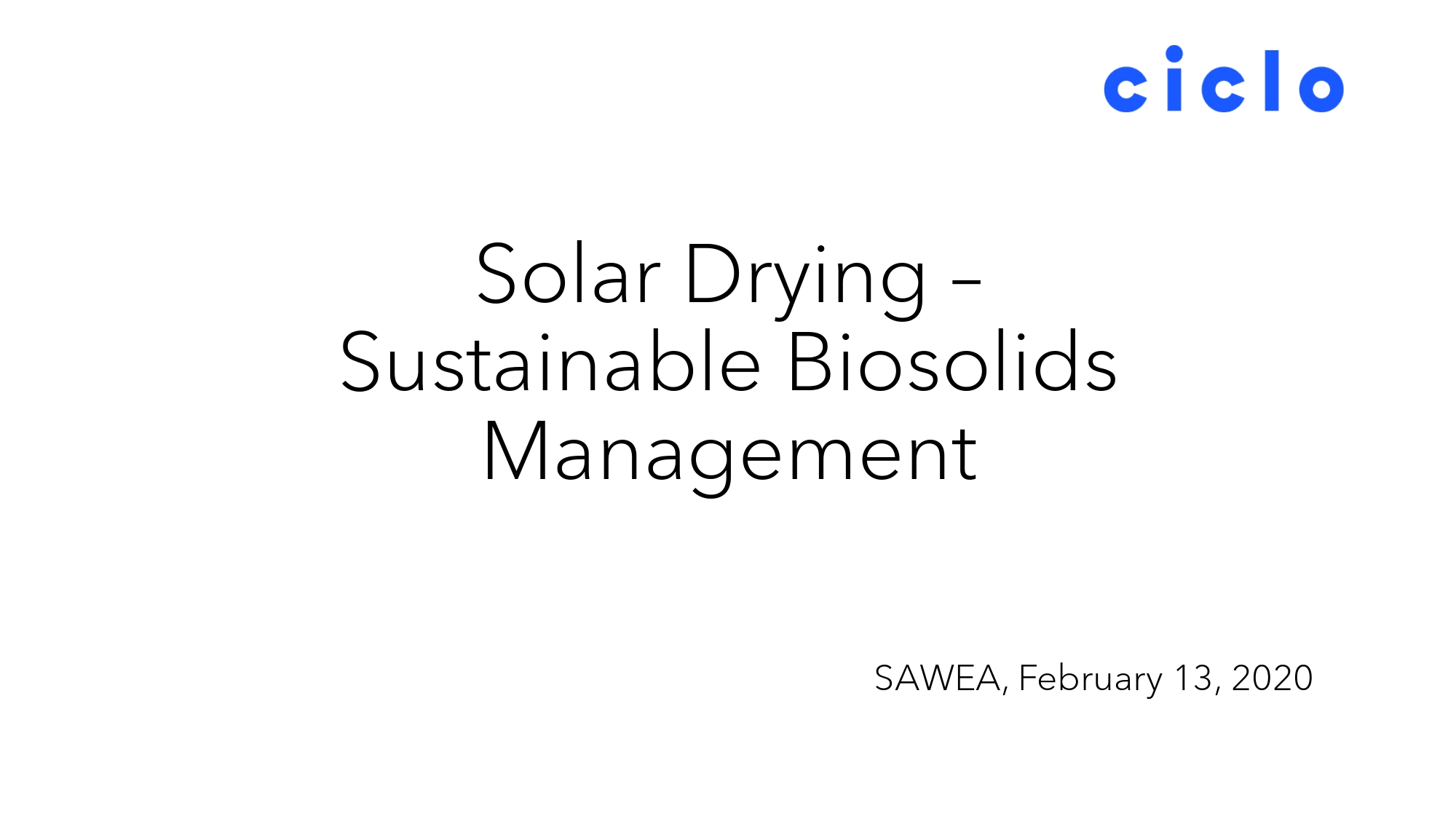
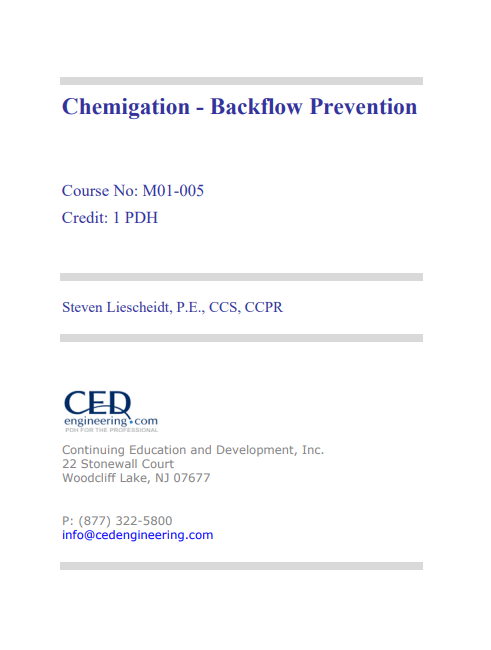
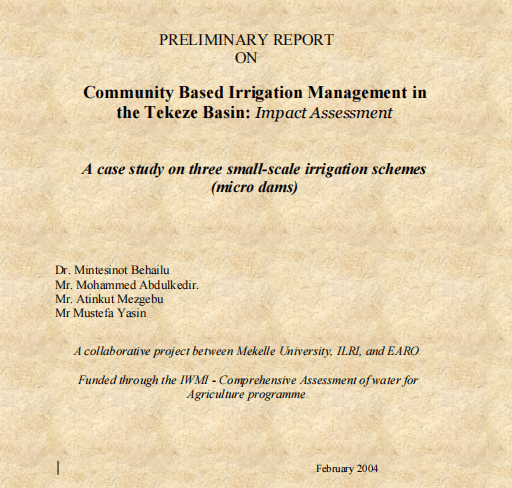
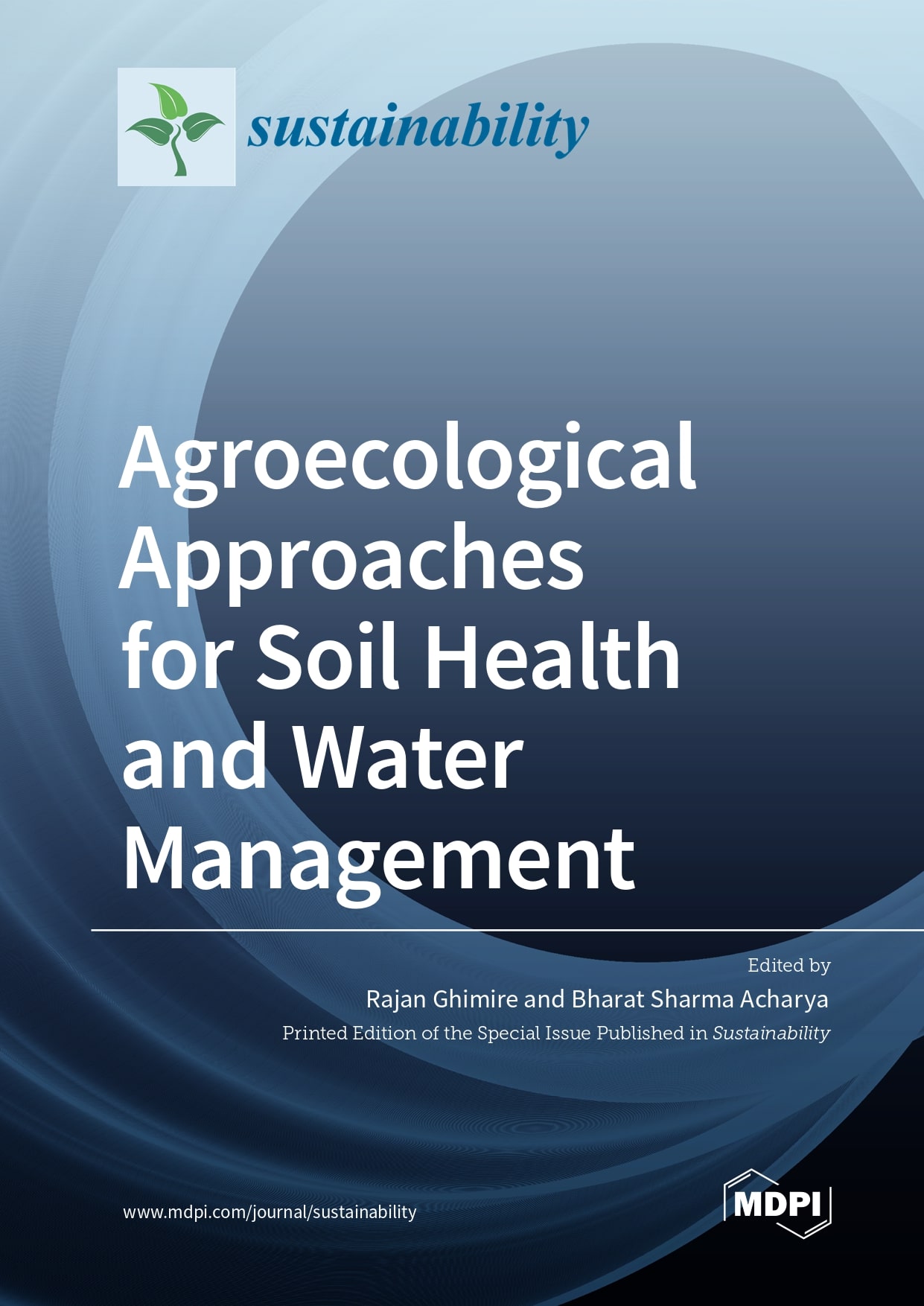




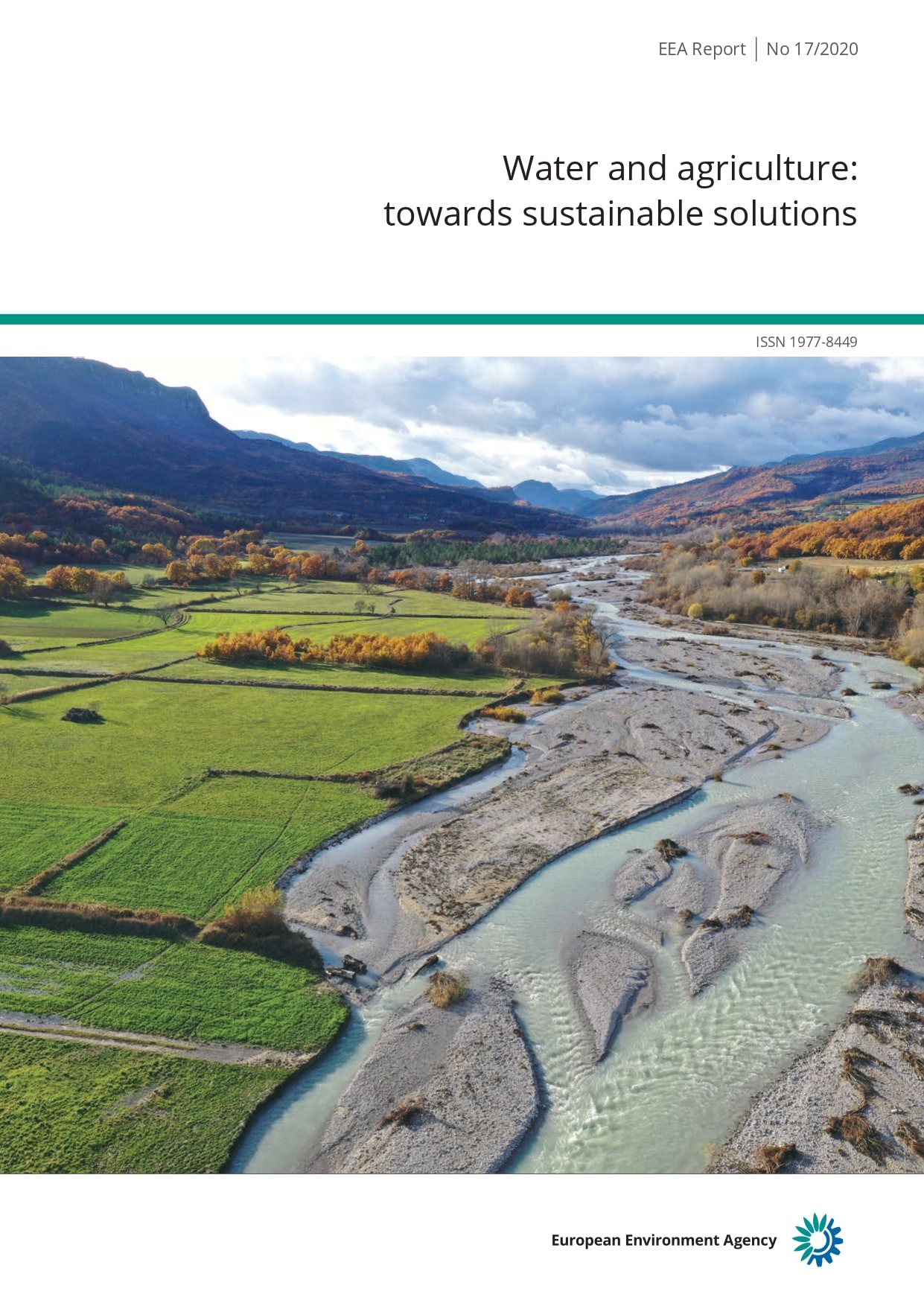


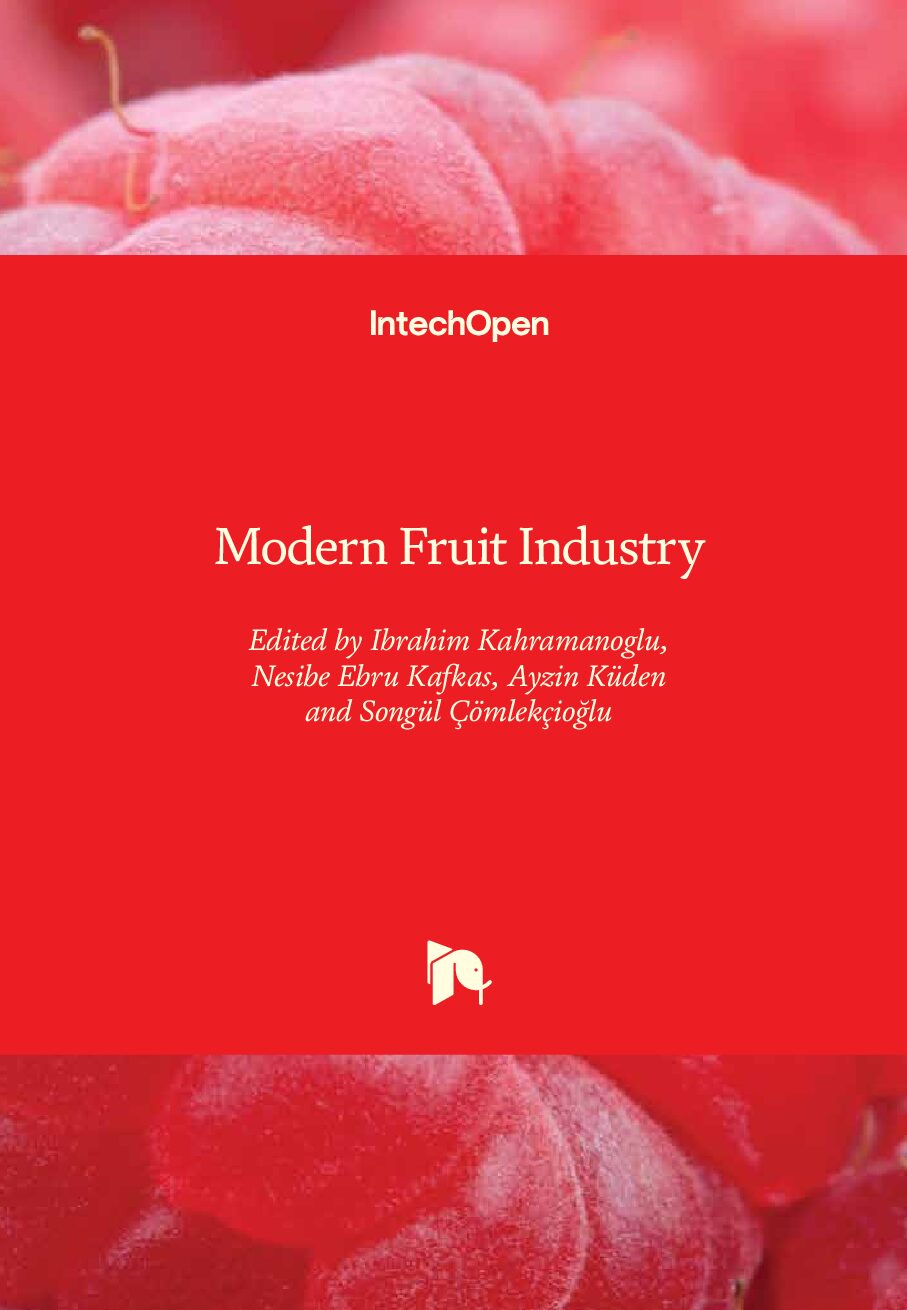

Reviews
There are no reviews yet.